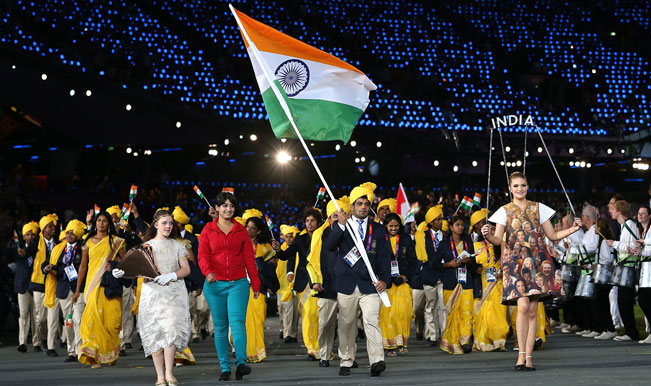
HISTORY OF THE SPORTS INDUSTRY
India has a long history of providing the necessary equipment as well as participating in a variety of sports. Old-fashioned sports like kho-kho, leg cricket, polo, snooker, and even gilli-danda are known to be played in India. The rise of additional professional sports, including football, hockey, relay, and cricket, opened the door for government and industry to manufacture items in India for both India and the rest of the globe. For instance, Jalandhar, Punjab, produces the towels used annually at the Wimbledon Grand Slam tennis tournament in addition to the footballs used in several international events around the world. The sports goods business in India has expanded over the past few decades and now has a significant position in the Indian economy as a result of its huge potential for employment, growth, and export. Industry statistics show that, behind China and Japan, India is one of Asia’s major producers of sporting goods and equipment.
However, despite increased knowledge and interest in sports other than cricket, a lack of a sporting culture has in the past prevented the development of a comparable sector in India. As a result, corporate investments in Indian sports have traditionally been restricted to only non-profit corporate social responsibility activities and initiatives due to a lack of industry status and a lack of a sporting culture, while the potential for exploring profit-related activities under the sports industry has only lately been explored.
SPORTS BUDGET 2023
With the government investing a record Rs 3,397.32 crore for the sports sector in its Union Budget FY 2023–24, the Sports Ministry received a significant jump ahead of the upcoming Asian Games and before the gearing up for next year’s Paris Olympics. With an increase of Rs 723.97 crore from the budgetary allotment from the prior year, it is the highest allocation for sports in the institution’s history. Although the 2022 budget provided the Sports Industry with 3000 cr, the Sports industry last year actually only received 2,673.35 cr.

Khelo India, the government of India’s flagship programme, will benefit greatly from the allocation of Rs 1,045 crore including the addition of Rs 40 crore. Khelo India Youth Games and Khelo India University Games are held there as part of a campaign to revitalise India’s sporting tradition. It was originally given Rs 974 crore last year, but after revised expenditure projections, it only received Rs 606 crore.
The revised budget for SAI ( Sports Authority of India) for this year was increased from 749.43 crore to 785.5 crore. It was initially given a budget of 653 crores in the previous fiscal year. In addition to assigning coaches, including international experts, SAI also administers national camps, oversees national team preparation, and offers infrastructure and other resources to athletes. The financial allocation to the NSFs increased from Rs 280 crore last year to Rs 325 crore this year. As a result, the federations would be able to send more athletes to compete internationally, giving them more exposure and experience. India took home seven medals from the recent Olympics in Tokyo, including a historic gold in the javelin. With the recent medals clinched at the Olympics and the new budget towards the industry for its development, the country is hoping to stand out in the Paris games.

IMPACT OF THE NEW BUDGET
The Sports industry is fueled by consumer demand making it a multi billion dollar industry. One of the largest industries in terms of generation of employment and revenue worldwide is the sports industry. Sports not only directly helps in the overall development of many allied sectors but also in offering careers such as sportsperson, coach, physical therapist, nutritionist, marketing, journalist and among such various positions. The availability of professional courses and dedicated educational institutions enable the aspiring individuals to make the most out of their career. The influx of money towards this industry will lead to the development of the Sports industry by pushing more people to take up professions in this sector. The influx more than anything will help develop facilities and basic infrastructure throughout India. Sports sector in the past has not only helped with development of the characteristics of a person outside of the sport but has also helped the masses by helping develop basic infrastructure. For example, the 1982 Delhi ASIAD made it possible to launch India’s first national TV service and bring colour television to the country. The city’s infrastructure was expanded with new flyovers, enlarged highways, 12,000 additional phone lines, and 150 km of telephone cables.




